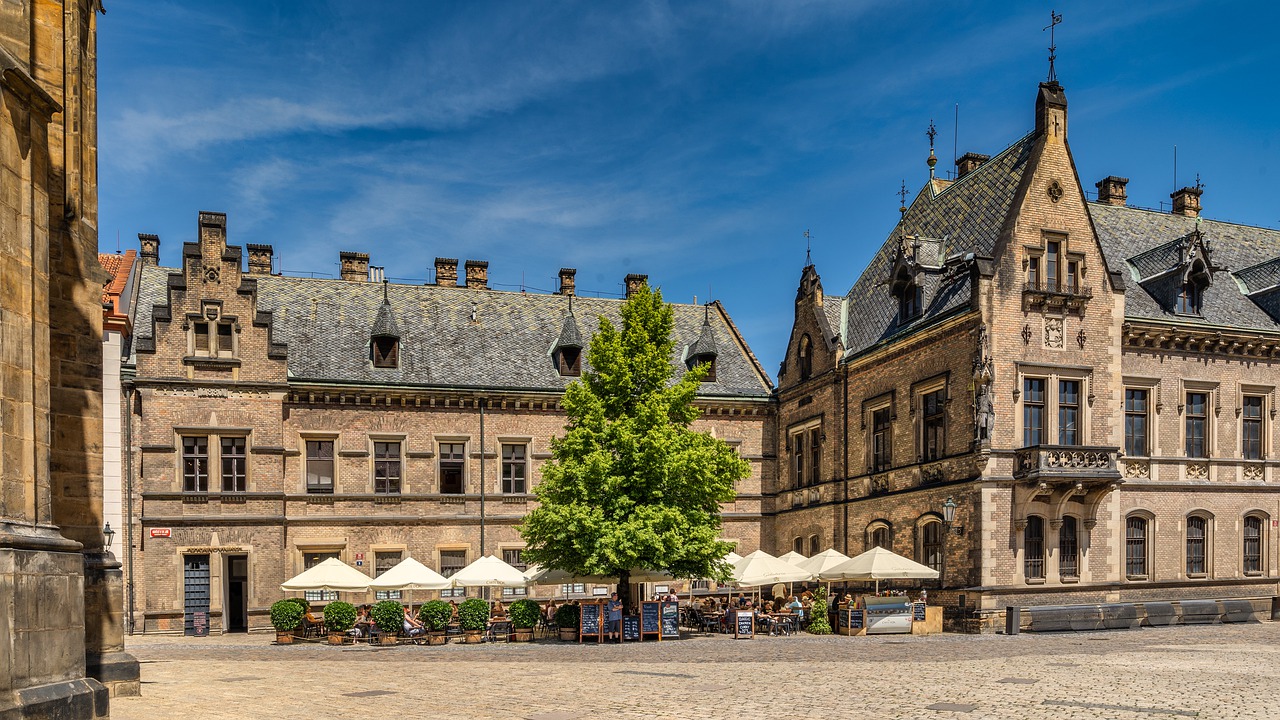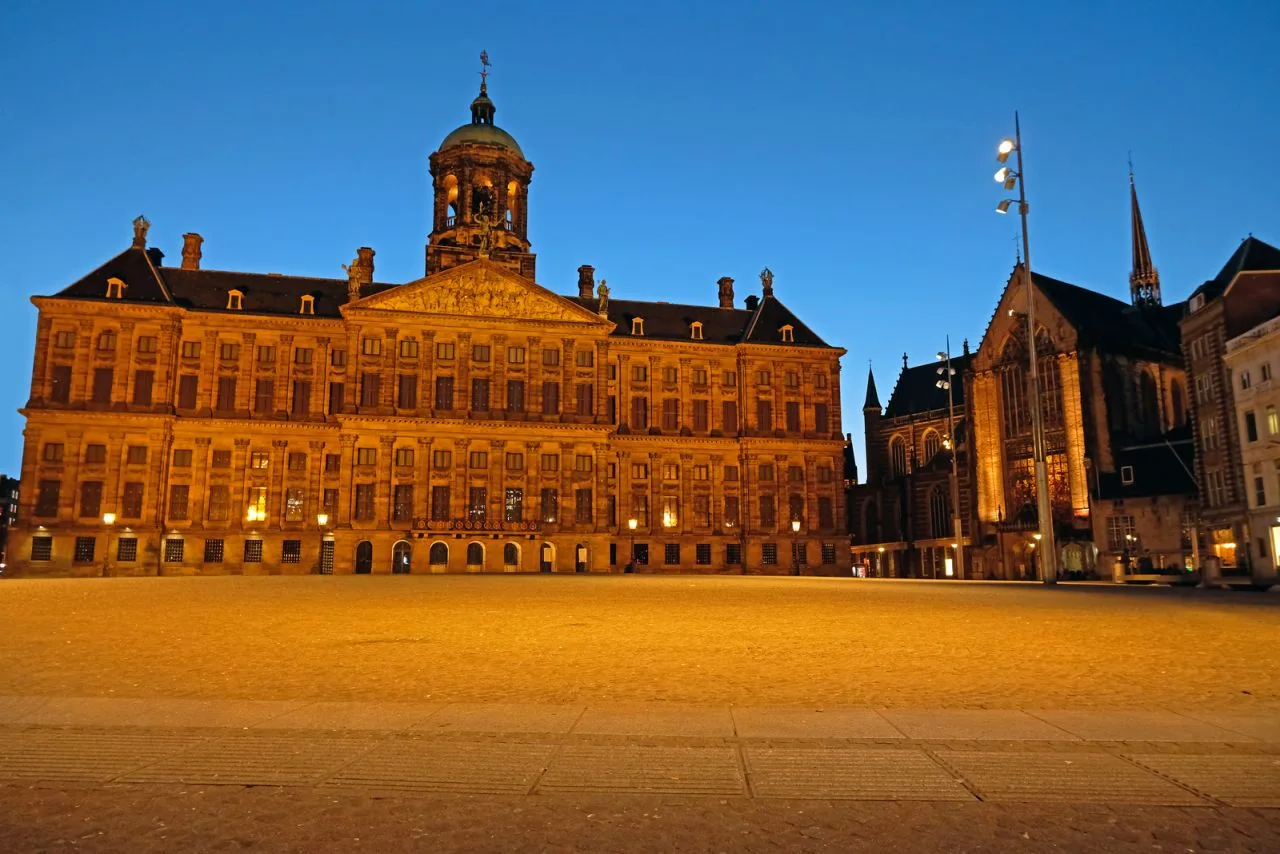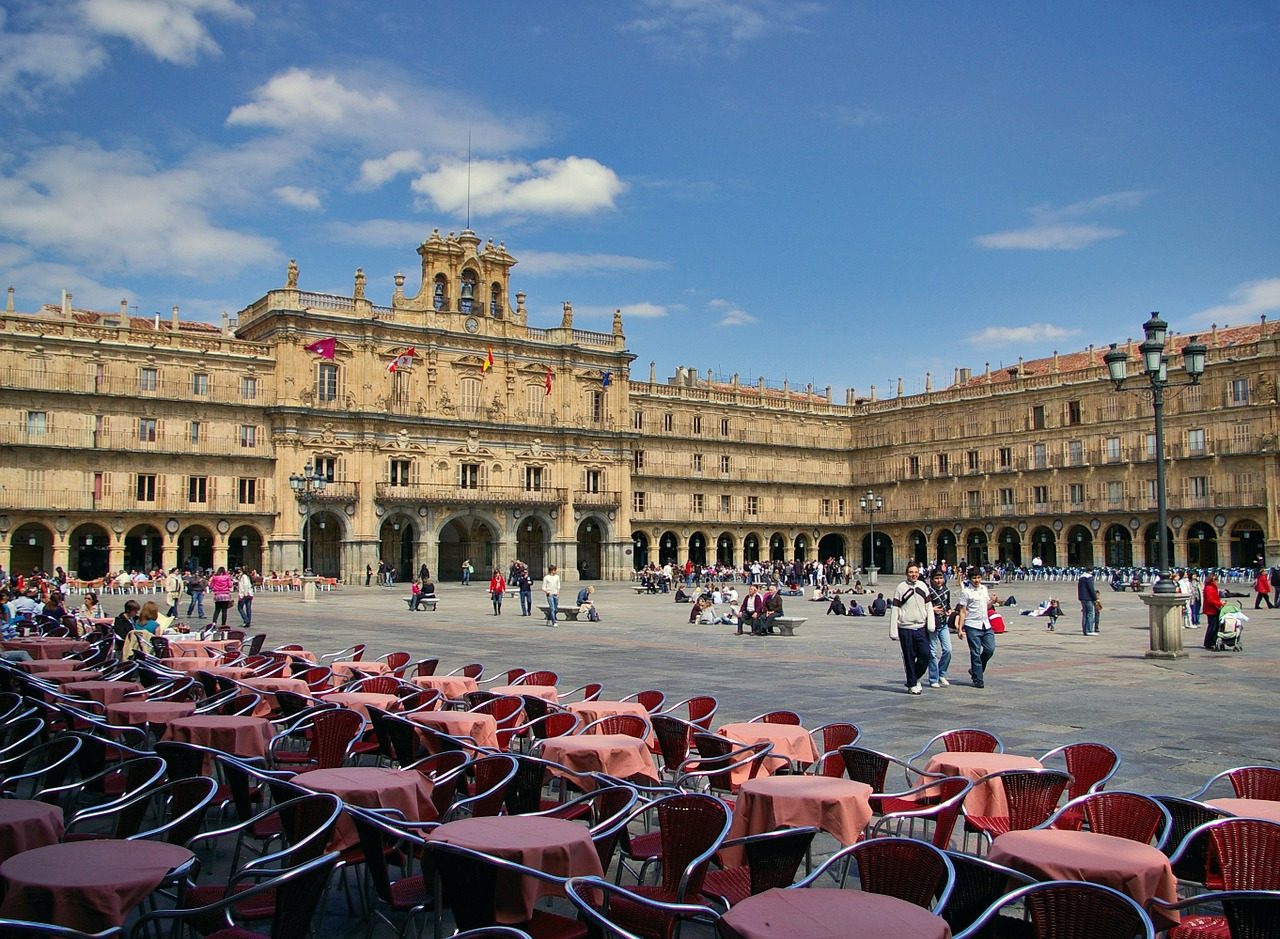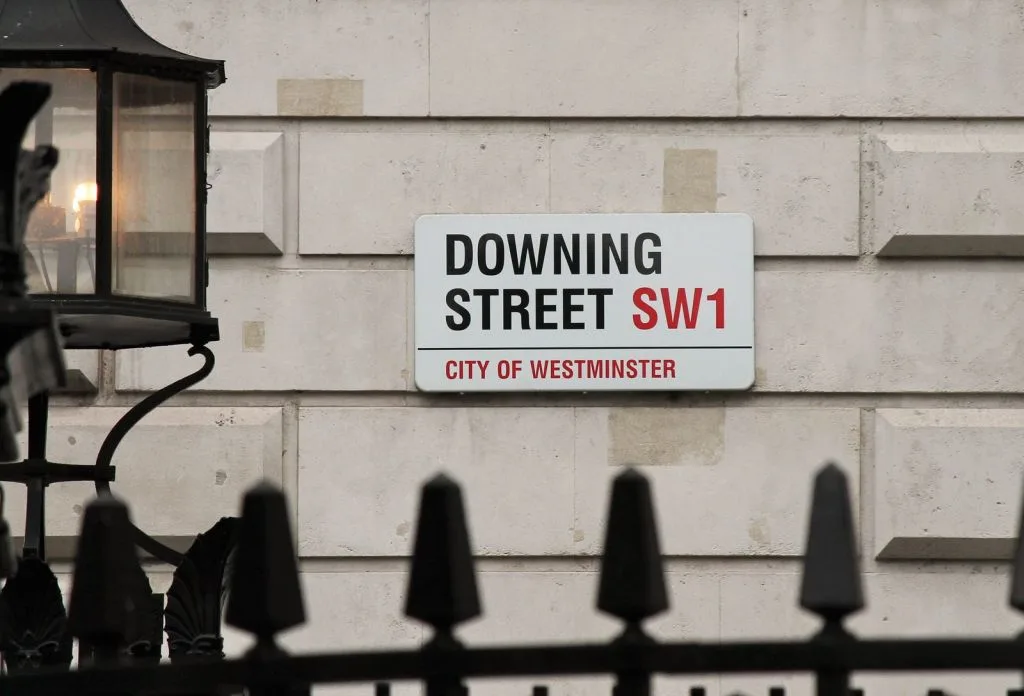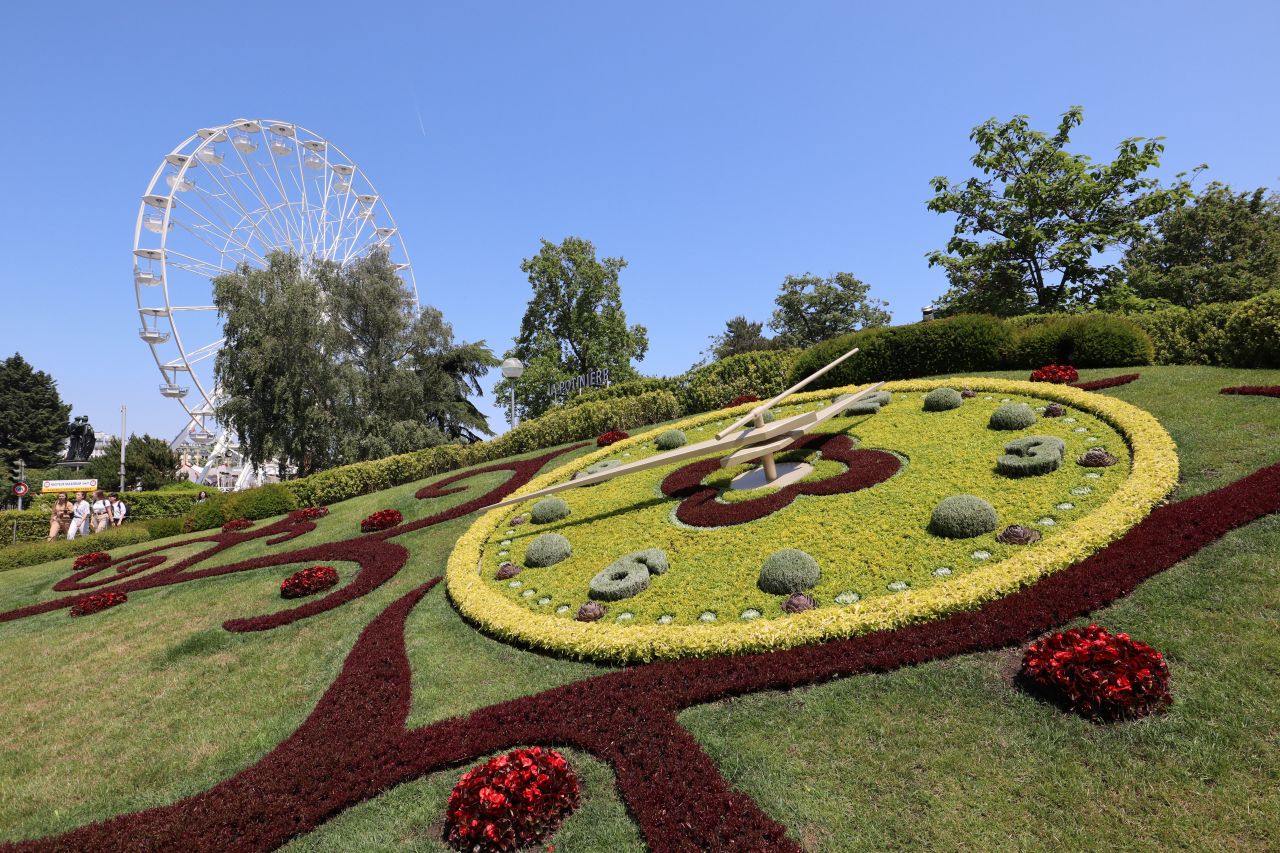Prague Castle
Address
Hradčany, 119 08 Prague 1
GPS
50.0896727, 14.3978032
Prague Castle is actually a castle complex constructed in the 9th century in Prague, Czech Republic. It is the Czech Republic President’s formal office. The castle was a power seat for Bohemian kings, Holy Roman emperors, and Czechoslovak presidents.
Quick facts
- Name: Prague Castle
- Location: Prague, Czech Republic
- Built 9th century
- Type of attraction: Architectural/Castle
- Ticket price: From $20
Prague Castle is the largest ancient castle in the world, occupying an area of almost 70,000 square meters (750,000 square ft), at about 570 meters (1,870 feet) in length and an average of about 130 meters (430 feet) wide.
The castle is one of the most visited tourist attractions in Prague with over 1.8 million visitors per year.
Boivoj, the earliest recorded member of the Pemyslid family, is linked to the founding of Prague Castle. In the 880s, he relocated his original seat from Lev Hradec to a more strategically advantageous location: a hilltop above the Vltava River. The earliest royal residence was most likely a wooden structure.
The Virgin Mary Church was the first stone structure and the first Christian church. Between the second court and the Bastion Garden (Na Bat), its ruins were discovered. After prince Spytihnv I was buried in this church in Boivoj in 915, construction quickly resumed.
Prince Vratislav I also built the St. George Basilica, the second church on the Castle grounds. St. Vt. Rotund, the third sanctuary in the area, was commissioned by the next Pemyslid prince, Václav (the saint), and constructed in the 920s; it was later reconstructed by prince Spytihnv II into a gigantic basilica in the 11th century.
 In 973, the Prague bishop was installed as the foremost representative of the church in the city, making Prague Castle not only the seat of the head of state but also the seat of the Prague bishop. Simultaneously, the St. George Basilica established the first Bohemian monastery.
In 973, the Prague bishop was installed as the foremost representative of the church in the city, making Prague Castle not only the seat of the head of state but also the seat of the Prague bishop. Simultaneously, the St. George Basilica established the first Bohemian monastery.
The Castle’s 10th century footprint was roughly 6 hectares. After 1135, when support from Sobslav I allowed construction of the stone princely palace and new stone walls strengthened by many towers, the best preserved of which is the Eastern Black Tower, the ancient settlement was re-built into a formidable Mediaeval castle.
Charles IV (1346–1378), who with his father John of Bohemia (John the Blind) (1310–1346), succeeded in convincing the pope to promote the Prague episcopate to archiepiscopate, and who laid the foundation stone to the building of the St Vitus temple, had a profound impact on the Gothic appearance of Prague Castle.
The Castle first served as the imperial home in the time of Charles IV. Charles IV improved the defences of Prague Castle and lavishly reconstructed the royal palace, which included the All Saints Chapel. Gold Prague came about because he coated the spires’ roofs with gold-plated metal sheets.
Bohemian monarchs left Prague Castle for more than a century beginning in 1382. Until 1483, when Vladislav of the Jagiellon line moved the royal court back to Prague Castle, it had been held at the building now known as the Municipal House.
Interesting facts about Prague Castle
Here are some interesting facts about this famous landmark:
- Franz Kafka lived for some time in Prague Castle.
- Lawbreakers have been thrown of Prague Castle’s windows in 17th century.
- Crown jewels are kept in the safe with seven locks.
Read more: Interesting facts about Prague Castle
Since 1990, floodlights have been installed at Prague Castle, and they are turned on nightly from dark until midnight (or 1 a.m. during the tourist season). In 1928, on the 10th anniversary of the republic, the lamps were originally erected as part of a history of electric lighting that has continued to this day, albeit on a much lesser scale. At the end of the Sixties, comparable floodlighting was added, although it was only turned on for special events like national holidays or significant days of the republic.
Many castle artefacts have begun reconstruction over the past few years, and the ongoing archaeological investigation that began in 1925 has yielded numerous discoveries regarding the structure’s history. After 1990, the concept of revival through maximum public access has directed the research and restoration of specific buildings and artefacts.

